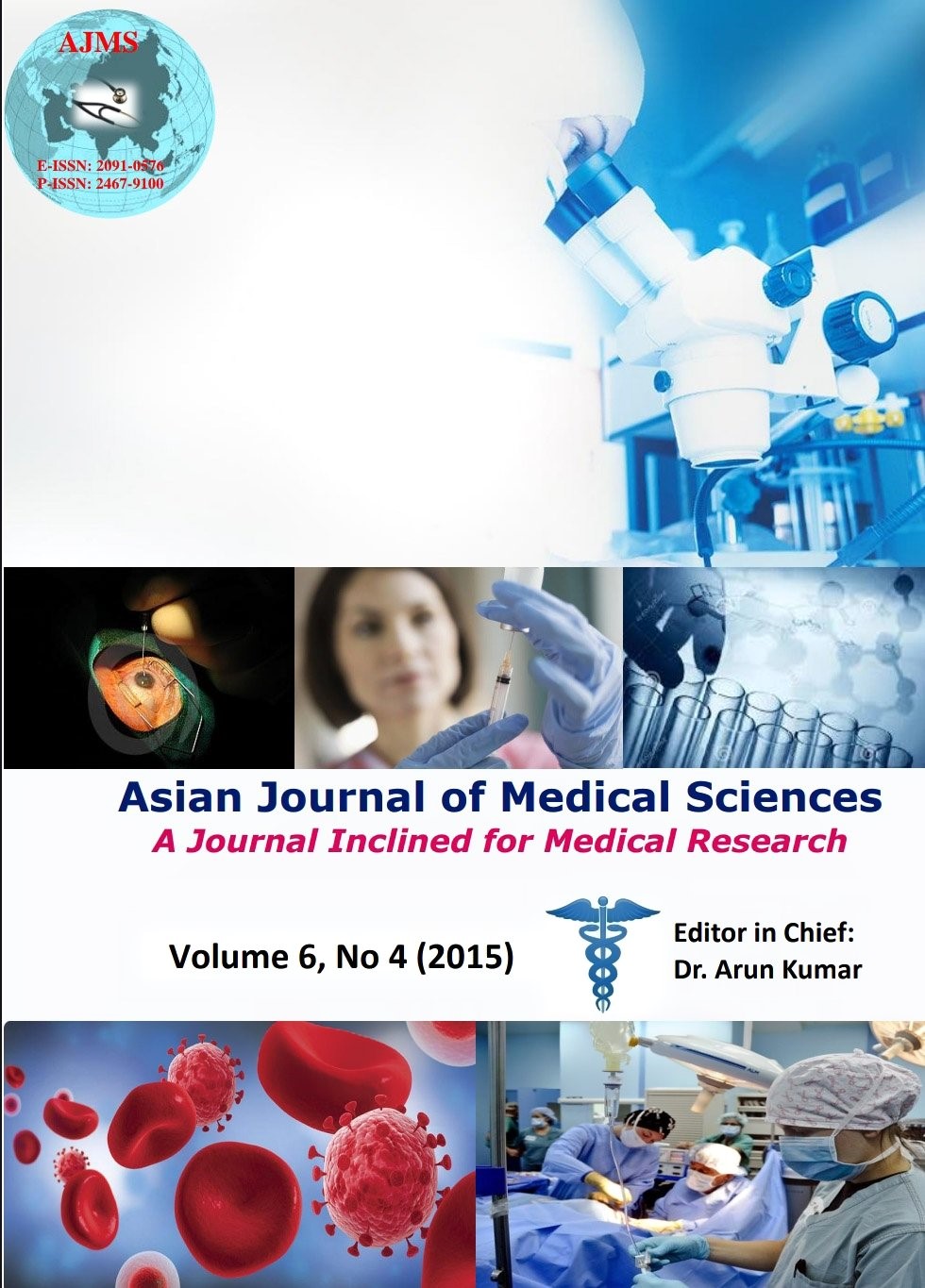Maternal death audit- institutional based maternal death review in four major hospitals of Municipal Corporation of Delhi
Keywords:
MMR-Maternal Mortality Rate, LSCS- Lower Segment Caesarean SectionAbstract
Objective : In India not much importance is still being given to Medical Audit & Death Audit which requires an in-depth analysis of maternal deaths with reference to the cause of death, ways in which the death could have been prevented and deficiencies in health care facilities.
Methods: Audit was conducted by Facility BMDR approach, across the various Municipal Corporation of Delhi Hospitals namely, 980 bedded Hindu Rao Hospital, 450 bedded Kasturba Hospital, 250 bedded Swamy Dayanand Hospital and 97 bedded Girdhari Lal Maternity Hospital.
Results: The total deliveries combing all hospitals was 113237 out of which 86859 were normal deliveries, 1572 deliveries were assisted forceps or vacuum deliveries and remaining 23403 patients underwent lower segment caesarean section (LSCS) . The total patients who lost life are 194. Out of 194 maternal deaths highest deaths are found in the age group of 20 to 24 i.e 74(38.1%) and almost similar pattern in the age group between 25 to 29 is 73(37.6%) and, maximum deaths (135-69.6%) were observed amongst women who were pregnant for the first time in their life,. Haemorrhage was the major cause of maternal deaths N=61(31.4%) hypertension N=25(12.9) and septicaemia N=24(24.4). 84(43.3%) cases were unstable at the time of admission. 72 (37.1%) cases haemoglobin percentage in blood was not documented and of the remaining only15(7.7%) had above 11 Hb%.
Conclusion: Death Audit can become a continuous evolving process to create awareness in health care facilities regarding their deficiencies and scope for improvements which unfortunately is well below par and requires standardization along with a comprehensive policy.
DOI: http://dx.doi.org/10.3126/ajms.v6i4.11237
Asian Journal of Medical Sciences Vol.6(4) 2015 67-75
Downloads
Downloads
Published
How to Cite
Issue
Section
License
Authors who publish with this journal agree to the following terms:
- The journal holds copyright and publishes the work under a Creative Commons CC-BY-NC license that permits use, distribution and reprduction in any medium, provided the original work is properly cited and is not used for commercial purposes. The journal should be recognised as the original publisher of this work.
- Authors are able to enter into separate, additional contractual arrangements for the non-exclusive distribution of the journal's published version of the work (e.g., post it to an institutional repository or publish it in a book), with an acknowledgement of its initial publication in this journal.
- Authors are permitted and encouraged to post their work online (e.g., in institutional repositories or on their website) prior to and during the submission process, as it can lead to productive exchanges, as well as earlier and greater citation of published work (See The Effect of Open Access).




